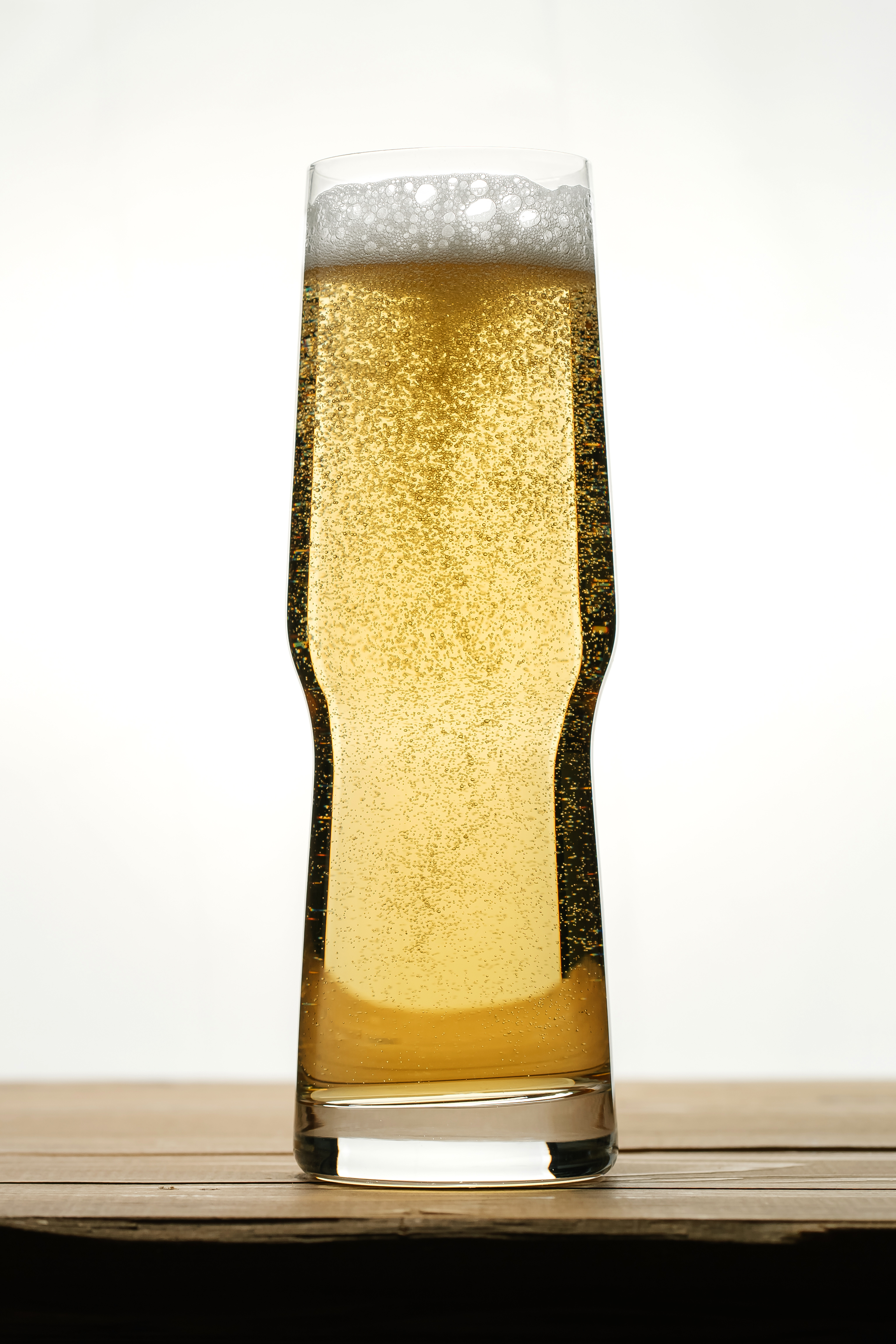IPA

Lager
Lager beer stands out for its clean, crisp flavor and velvety texture, distinguishing it from other beer styles. Its uniqueness stems from the bottom-fermenting yeast strains used during fermentation, which occur at cooler temperatures than those for ales. This process results in a slower, more controlled fermentation, allowing for the development of a smooth and balanced taste profile. Lager's refreshing qualities and versatility have made it a beloved choice worldwide, perfect for enjoying on a hot summer day or savoring during any social occasion.
Fermentation Process
Lager beer is fermented using bottom-fermenting yeast strains such as Saccharomyces pastorianus at temperatures typically ranging from 45°F to 55°F (7°C to 13°C). This cooler fermentation process results in a slower fermentation compared to ales, contributing to the clean and smooth characteristics of lager beer.
Variety of Styles
There are several styles of lager beer, including Pilsner, Helles, Märzen, Bock, and Dunkel, each with its own unique characteristics in terms of color, flavor, and aroma. Pilsner, for example, is a pale lager originating from the Czech Republic known for its crisp bitterness and floral hop aroma, while Bock is a stronger, malt-forward lager with rich caramel and toffee flavors.
Flavor Profile
Lager beer is known for its clean, crisp taste with subtle malt sweetness and moderate hop bitterness. It typically has a lighter body and color compared to ales, making it a refreshing choice for many beer drinkers.
Maturation
After fermentation, lager beer undergoes a period of cold storage, known as lagering, which can last several weeks to several months. During this maturation process, the beer clarifies and mellows, resulting in a smoother and more refined flavor profile.
Lager Reviews from The Alconauts
Discovering Tsingtao: A Premium Lager with a Chinese Twist
If there's one thing that brings us together, it's the universal love of beer and camaraderie. And if there's one beer that embodies this spirit, it's the one from the sixth-largest brewery in the wor...
Read MoreExploring Singha: The Thai Lager Adventure
Exploring Singha: The Thai Lager Adventure
Embark on a global beer journey with The Alconauts as they delve into the flavors of Singha, Thailand's original lager. Founded in 1933 by the country's fir...
Read MorePuppers Golden Lager: A Sudbury Surprise Unveiled
Puppers Golden Lager: A Sudbury Surprise Unveiled
The Alconauts, Ray and Paul, explored a unique brew in their latest review: Puppers Golden Lager. Originating from Sudbury, Ontario, and inspired by ...
Read More